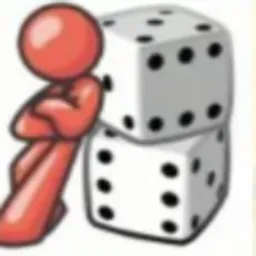From my understanding, ee notation is only the beginning. 1e100 = 1 with 110^100, ee100 = 110^10^100, etc. This can keep going, but it would get a little... unwieldy to write out more e's as it keeps going, so once you have enough e's, it becomes F. F denotes the amount of e's (or the mount of times you put in 10^x), so F6, as an example, would be eeeeee6. Break Eternity has an upper limit of F1.8e308, which would be a number with 1.8e308 e's. It's really difficult for that to be put into perspective, so lemme try to do that for you.
Let's go the Antimatter Dimensions route first. To write 1.8e308, if you were writing 3 digits a second, would take you about one and a half minutes. But that's a pitifully small number - so let's skip to the limitations of Break Infinity. To write 1e9e15, which is a number with 9e15 zeroes, writing 3 numbers a second; it would take you 95.1 million years to write out fully. That's 1.5x the time it's been since the dinosaurs went extinct! But that number is small too. So let's try 1F6. If you were to write 3 digits per second, it would take you..... ~1F6 years to write out completely. The number is so large that the time calculations don't even put a dent into it.
But that's not all. If you get enough F's, such as FFFFFF10, you can start writing it as G6, and GGGGGG10 can become H6. But after H, it doesn't keep repeating like that, because humans are too insane to accept a number that small. Once you get enough H's, you transition into J, which works differently. Let's write tetration (x^^y) in a different way. Since this is the second hyperoperator, we can write it as x{2}y. This can be converted into 1J2. Each J value represents a hyperoperator level, and this can go on a ridiculous amount as well. Wanted 1F100 up arrows? You've got 1J1F100.
That will be all from me, as J represents the limits of my knowledge of this subject. I'm still clueless on how ordinals (commonly denoted with a lowercase omega, as I've seen) work.













